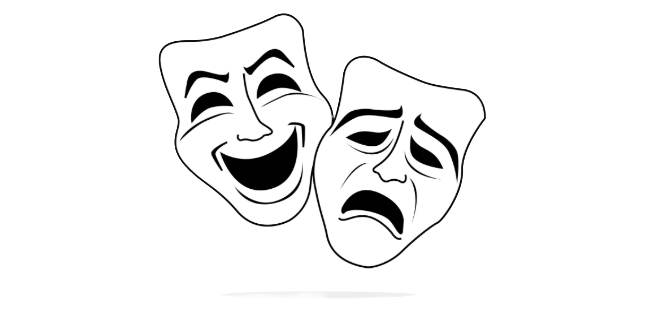
I’ve been thinking a lot about why art, in all its forms, is so underappreciated. Humans have been expressing themselves through art since the dawn of civilization. Yet even now, making a living as an artist—whether through painting, sculpture, poetry, music, or any other form of art—is still a struggle.
From the very beginning, people have used art to express emotions, capture moments, and reflect on the joys and sorrows of life. Art has united us, healed us, and touched parts of our hearts that words alone cannot reach. Art is deeply personal, yet universal. It’s woven into the very fabric of who we are as humans.
So why is it so often undervalued?
I’ve heard many theories, but one stands out:
“Making art is not for everyone. If I can’t do it, why should I pay for it? Artists are born with talent, so it’s easy for them. They can create art for free or at a very low price because it’s no big deal for them.”
If you’re an artist, you’ve probably heard something like this. I know I have. And it applies to both traditional and digital art.
But here’s the thing: just because someone makes something look easy doesn’t mean it is easy. Whether you’re baking bread, flipping burgers, sewing clothes, or creating art, it takes years of practice, learning, and investment to master a skill. Once you’ve mastered it, it seems easy—but that doesn’t erase the time, effort, and dedication it took to get there.
So why is art—something that touches the deepest parts of our hearts—expected to be free or sold at an “extremely” low price? Is it underappreciation? Is it because people don’t see art as important?
I disagree with both.
Let me share a personal story:
Music has always been a part of my family. Many of my relatives are musicians, including my mom and sister, who are professional pianists (even I studied piano from the age of three). I grew up surrounded by music—it wasn’t just a part of our lives; it was who we were.
But there was a time when my family faced unimaginable hardship. We lived without food, heat, or running water for years. My mom ended up selling her piano—an heirloom that had been in our family since the day she was born—for a small block of cheese to feed my daughter. When she sold it, she said, “I will die without my piano.” And she did, just a few years later.
After I lost my mom, I couldn’t listen to classical music anymore. It hurt too much. Classical music felt like my mom—it was too close, too raw. So, I avoided it. I thought running away from those feelings would protect me.
But today, something shifted. I played my favorite piece—Rachmaninoff’s Piano Concerto No. 2. As the music filled the room, I cried. It felt like my mom was sitting right next to me. For the first time in years, I allowed myself to truly feel the pain and the beauty of that connection.
Art has the power to heal us, to help us confront what we’re afraid to feel.
So why, as a society, do we underappreciate something that has such a profound impact on us?
Art isn’t just decoration. It’s not just entertainment. It’s a reflection of who we are, a source of connection, and a tool for healing.
We need to stop taking it for granted.

